My family moved to Miami Beach from New York City in 1948, when I was 2. My grandmother had been
in real estate there for a long time, and my father went into business with her. In 1951 my father built a
house on 71st St, on Normandy Isle, right across from Normandy Isle park.
I went to Biscayne Elementary, Treasure Island Elementary, Nautilus Junior High, and Beach High. There
was a network of parks in Miami Beach, and the city paid for a boys’ and girls’ coach to be at each park
from 3PM on. We played sports throughout the year: basketball, soccer, baseball, football. Boys were
known more by the park they played for than their school. I was a “Normandy Isle” boy.
In those days Miami Beach was family-oriented, slow, a little sleepy, and mostly Jewish. Middle and
lower middle class Jews came from New York and New Jersey after the war to raise their kids in a
suburban environment. Beach High had 2400 kids; 98% of them were Jewish.
I was an awkward, socially marginal kid. As I went through junior high and started senior high I started
looking for something else, somewhere I could fit in. I’m not sure how, but I found South Beach and
surfing.
I don’t know if anyone was surfing in Florida in the 1940’s. I think the magic time was the mid-1950’s to
about 1962. This was when there were a few people surfing, mostly guys, mostly in their 20’s and 30’s.
No one really knew about surfing then, and they were left alone to do their thing. I’m reminded of the
movie Dogtown and Z Boys, which focuses on a similar period in skateboarding in California.
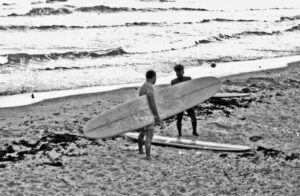
I first surfed in 1959-60. There were no more than 10-12 boards on the beach at any one time. I was a younger
guy and no threat or competition for the older surfers, so it was easy to hang around and learn stuff.
There was a guy named Stan, who owned Surfboard House, a surf shop on Ocean Drive across from
South Beach. I started doing odd jobs for him and wound up making skegs for a while and later renting
his spare boards on the beach on weekends. I was out there with a pith helmet, whistle and clipboard,
and I would split the take 50/50 with the shop. It was like being paid to meet girls, and I would go home
with a pocket full of soaking wet $1 bills. I’d put strings across my room and hang them up to dry.
One night Stan took an old Velzy banana board, curved up at the ends so it was easy for beginners (but
rode like a barge), and took it out to the jetty and set it on fire, as an offering to the surf gods. It must
have worked, because by 62-63 the surfing craze was spreading out of California to the rest of the
country, and kids were starting to come to South Beach in droves. The beach got crowded, and you’d
see 50 boards or more there on weekends.
There was money to be made, of course. There was another surf shop run by a guy named Norman, who
had a withered leg. People called him “the gimp,” but he was a pretty good surfer even with his
disability. I met Jack “Murph the Surf” Murphy, not formally but just hanging around, a couple of times.
He became notorious later on for being a jewel thief and murderer.
Surfing had it’s own music, and Bruce Brown showed up at one point with his soon-to-be-released film,
Endless Summer. He showed it on a 16 millimeter projector in a school auditorium, and it was the first
surf movie most of us had ever seen.
I was riding a 9′ Surfboard House board, but fell in love with a 10’7″ South Bay that was perfectly
shaped. It was huge, even then, but it called out to me. Later I rode an 8’board, but that was as small as I
went.
The first people I ever knew who meditated were surfers. They’d sit on the beach and breathe quietly,
syncing up with the wave patterns and energies for that day, before going out. I was never really good at
surfing, but I was OK, and I’d been around for a while, and I worked for Stan, so I had a little surf cred. I
was part of the scene, the counter-culture to the staid 50’s and early 60’s.
I didn’t know it at the time, but it was paradise, and it wasn’t going to last.
As kids started flooding to South Beach in the 1960’s, and the music came and everyone was getting
older, Miami Beach started waking up as well. Most of the old hotels were full of retired folks living on
Social Security or pensions. They never came south of the pier, but north of it you’d see them on the
beach, and it wasn’t unusual to see men and women with tattooed numbers on their arms,
concentration camp survivors.
The tourists were starting to come to Miami Beach, the hotels would bring in big time entertainers like
Frank Sinatra, and the city changed. The first wave of Cuban refugees came in 1962, mostly Sephardic
Jews, but other waves soon followed and Miami Beach, and Miami in general, took on a much more
Latin flavor. Everything got more commercial, more socially stratified. It wasn’t really bad, just different,
and there was still the beach and the surf at the core of everything.
Some of the guys I remember from that time include Gene Eschenbrenner, Rick Fichtman, Steve Lasky,
Alan Vander, and Corky Hasbruck and his younger brother Jeff. I discovered the Playhouse Bar, a couple
of doors up from the surf shop. The bartenders didn’t care about lD, so my first drinks, at age 14, were
whiskey sours (for some reason I don’t remember). Maybe I thought it was sophisticated.
The waves at South Beach were mostly small, 2′ or less. It was a sand bottom and gradual. On big days
they’d go up to 3′ or more. If you wanted larger waves you had to drive up the coast to Cocoa Beach or
even North Carolina. Of course we’d go out in storms, but the waves were very choppy and hard to ride
for long.
Most days I rode my bike from Normandy lsle to the beach, but after a while my mother let me borrow
her 1956 Chevy Bel Air, which I used on weekends to get the 10-15 boards to the beach to rent them
out.
Gene Eschenbrenner was older than I was, and he decided to start a company sewing surf shorts,
baggies, for the kids flooding to the beach. A few of us would get together every day after school and sit
at sewing machines. His business was going well, and in November of 63 the Miami Herald did a half
page article on the small group of kids making surf clothing. The next day, Hang Ten flew their entire line
into Miami, and Gene was out of business.
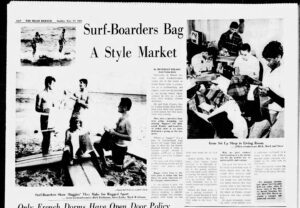
By 1964 I had graduated from Beach High and been accepted at the University of Florida in Gainesville. I
took that 10’7″ monster with me to my dorm room, but didn’t get much surfing in. I went home for the
next couple of summers, but my connection with South Beach was getting weaker. My life was moving
me away.
I didn’t surf again for a long time. On my 50th birthday (1996), I decided to go out again. I went to Ocean
City Maryland and rented a board. The waves were small, but I was up and riding -for a while. Then I
misjudged the depth of the water and hit the beach at the end of a ride. Went off the board in a split
and tore part of my hamstring muscle. Drove home (I had a standard shift) lifting my left leg with my
hand when necessary, laughing at myself the whole way.
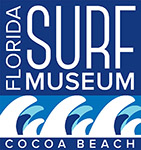

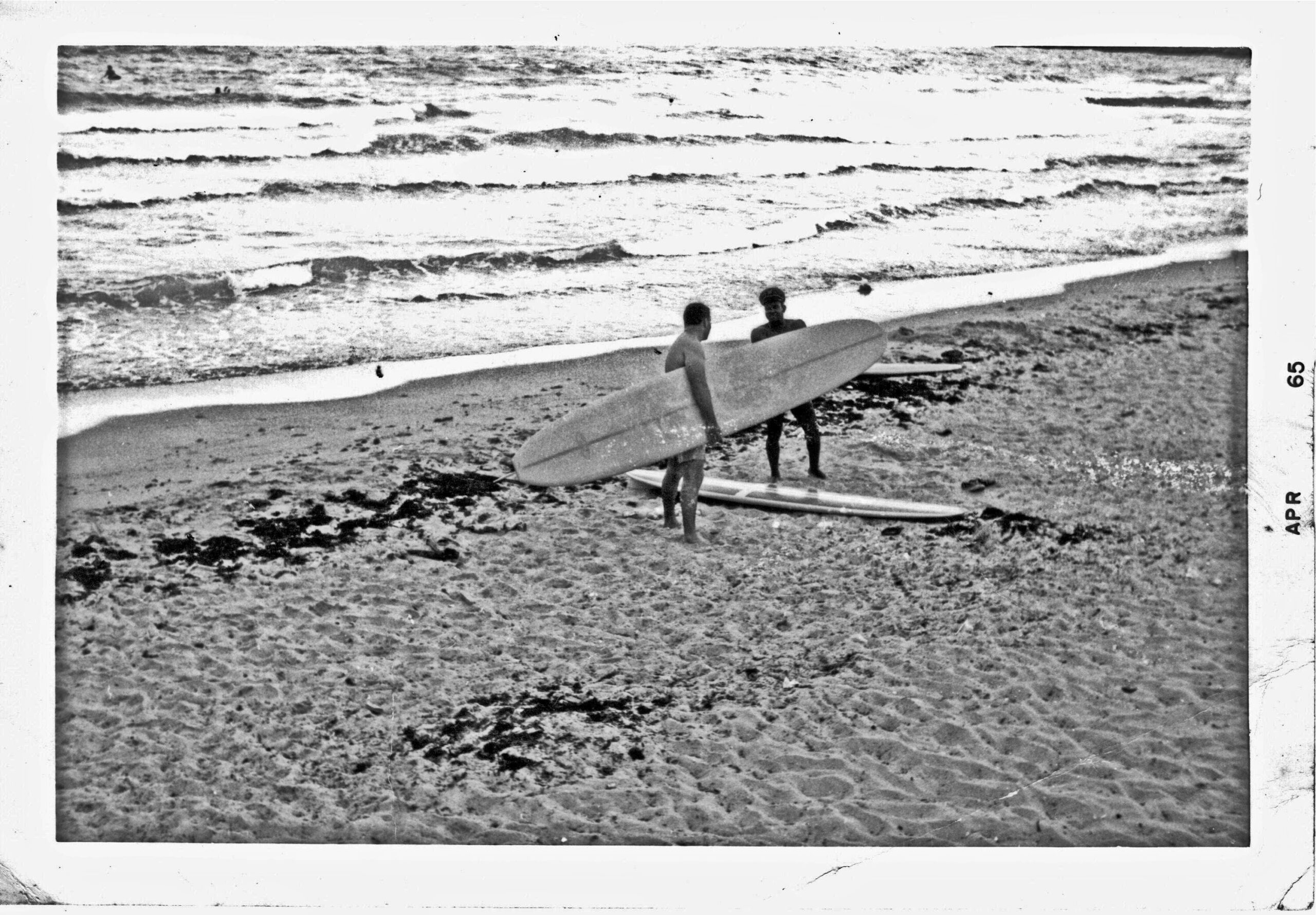

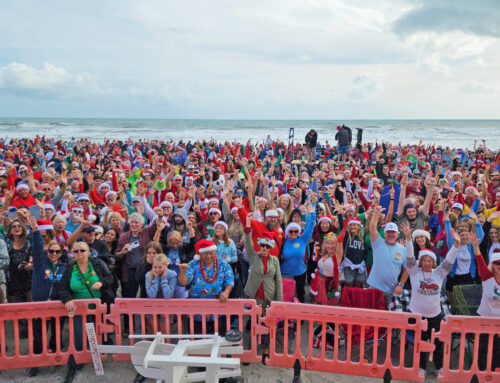
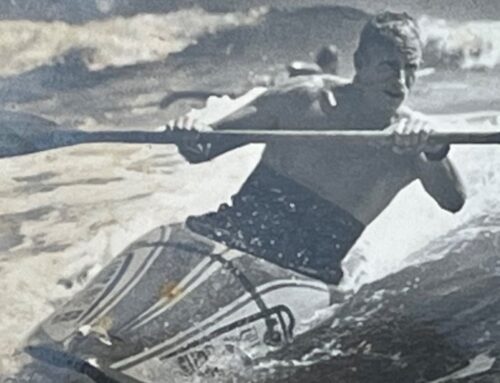

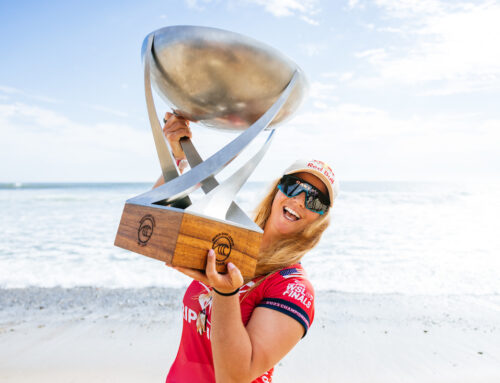

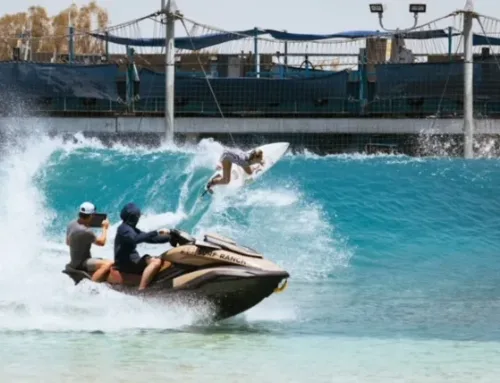
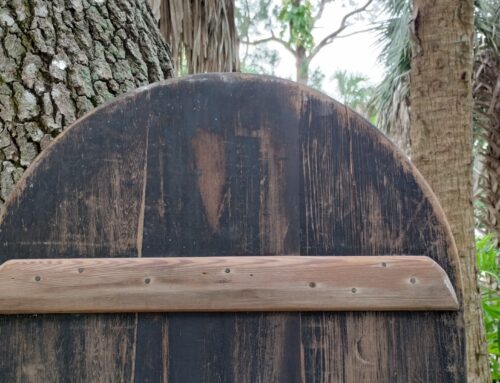
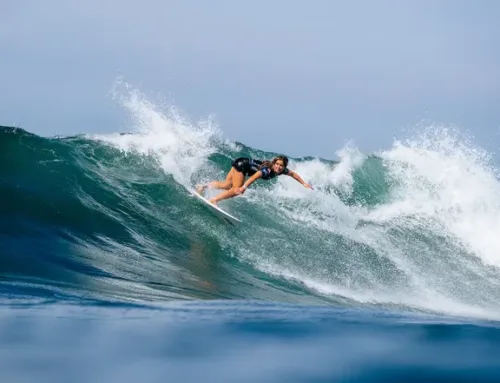

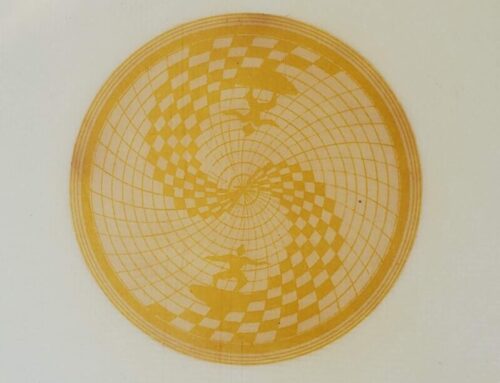
Would love to hear from anyone else who was around South Beach at that time!
Wonderful story – captures the time and surf scene and the writer’s life beautifully.
New memories:
There was a Christian preacher everyone called “Holy Joe.” Lots of kids would sit on the edge of the dog track parking lot at South Beach, and he’d come over and preach the Gospel. Most of the kids would laugh at him and even taunt him, but he never seemed to care. I never knew his story or motivation, he was just part of the scene to me. I wonder if anyone listened?
One of my lifelong regrets is that I never asked any of the concentration camp survivors I saw on the beach about their experiences. They probably wouldn’t have spoken about them to a kid they didn’t know, but…maybe. I missed that personal connection with history. And if they had, how would it have affected me?
There was a bagel bakery just north of the beach. You could get hot bagels just off the line. Mmmmm!
Enjoy this earlier post from Uncle Bill:
https://floridasurfmuseum.orgblog/tales-of-south-beach-the-saga-of-holy-joe
Thanks, John! You filled in some gaps in my memories!
Not surfing-specific, but part of the scene: if you were a guy at Miami Beach High, getting a job as a hotel cabana boy was the best. You had status depending on the hotel you worked at. The Fontainebleu was at the top of the heap, almost impossible to get jobs, as guys passed them on to friends when they left for college. I worked at the Casablanca for a while — no status there! Then I got one of the stranger jobs I’ve had. There was no video in those days, so if a hotel wanted a movie for the guests they went to an audiovisual company who sent over a high school kid (me or my friend Jeff) with a 16mm projector and a screen. I must have seen The Guns of Navarone 50 times! I went on to comment on movies of horse races and even host a quiz show in the hotels. Not much money, but great life experience!
Thanks for another great Story Mark. Those were special times.
If a guy grew up in Miami Beach in the 50’s or 60’s, he probably played ball at one of the public parks throughout the city. North Shore, Flamingo, Normandy Isle and more — the city had a coach for boys and one for girls, who worked at each park from 3 on. The guys played softball, football, basketball, and more, and the different parks played each other on weekends. The park league was a more important part of our lives than the teams at junior and senior high schools. There were really good athletes who never went out for sports at Beach High. Sometimes the parents didn’t want them to, other times it just seemed like too much work and not enough fun.
The city parks are still there, but they’re not the hubs of community life they used to be.
In the 50’s and 60’s, many Miami Beach locals didn’t go to the beach much. Some did, of course, but families would get together and rent cabanas at local hotels. Each cabana was essentially a tent, where you could change clothes and store stuff you didn’t want to leave out. Three to six families would rent a single cabana, and either coordinate who was there when or just share when others showed up. The kids would play in the pool or in the ocean, and the parents would sit in lounge chairs and talk, have a drink, or just chill. Once you were on the beach you could walk for miles in either direction if you wanted to. It kept the kids off the street and mom and dad out of bars. My family rented at the Casablanca Hotel but I don’t remember the families we shared with. It was a long time ago in a world that no longer exists.
The Art Deco thing got started long time before it got popular. The hotels on Ocean Drive were always Art Deco, but very run down and populated mainly by retirees on Social Security. Then, one woman renovated one hotel, and the ball got rolling. People saw that for a relatively small amount of money you could redo an aging property and make it hip. One after another, the old places acquired a new vibe. Unfortunately, no one noticed — except the German tourists, who had a reputation for finding cheap beachside places for fun in the sun (and after dark). They flooded to MB, and soon the word got out. You saw film crews with models, Madonna had a place, and things got serious. Art Deco became something you could market. My mother was on the “Art in Public Places” Commission, a local government effort to make sure things looked chic rather than cheap. The seedier places right at South Beach started getting pushed out as rents went up. The feeling on the beach itself changed too. It had been like a club, a relatively small group of people who all knew each other and, if not exactly friends, accorded each person their place in the natural order. Now tourists flooded the place, and no one knew anyone. Paradise diminished, if not exactly lost.
When Lincoln Road transformed itself into a walking mall, it immediately became the focal point of Miami Beach life (besides the beach itself, of course). The shops were upscale, and so were the restaurants located there. It was the first time many people had a place to walk, shop, and sit in safety in public. Kids went there to be seen. There were art galleries and artists’ studios on the second floors of buildings. As the years passed, economic growth in the rest of the city robbed Lincoln Road of its cachet, and the stores and restaurants gradually got cheaper and more tourist-oriented. It was just part of the inevitable change that affects everything everywhere. Another gem of a place and time that has been tarnished and reduced to the ordinary.
Mahalo for some more history of South Beach. What was the time frame for this? How close is Lincoln road to the beach?
Lincoln Road runs East and West, perpendicular to the actual beach. One end was at Collins Avenue, right at the beach, and the other at the bay side. Perhaps ten blocks altogether.Somewhere near 15th street (the numbered streets run E-W.) Other roads crossed it, with stoplights at each intersection. It was not part of what everyone referred to as “South Beach” at the time, since that term was used for Ocean Drive, started around 10th Street, a few blocks south of Lincoln Road and ran parallel to it. The Art Deco District is really all on Ocean Drive, and it’s that street that runs along what most people still call South Beach.
Further comment: the Mall itself stopped a block before Collins Avenue and the beach. It was still Lincoln Road, but with cars.